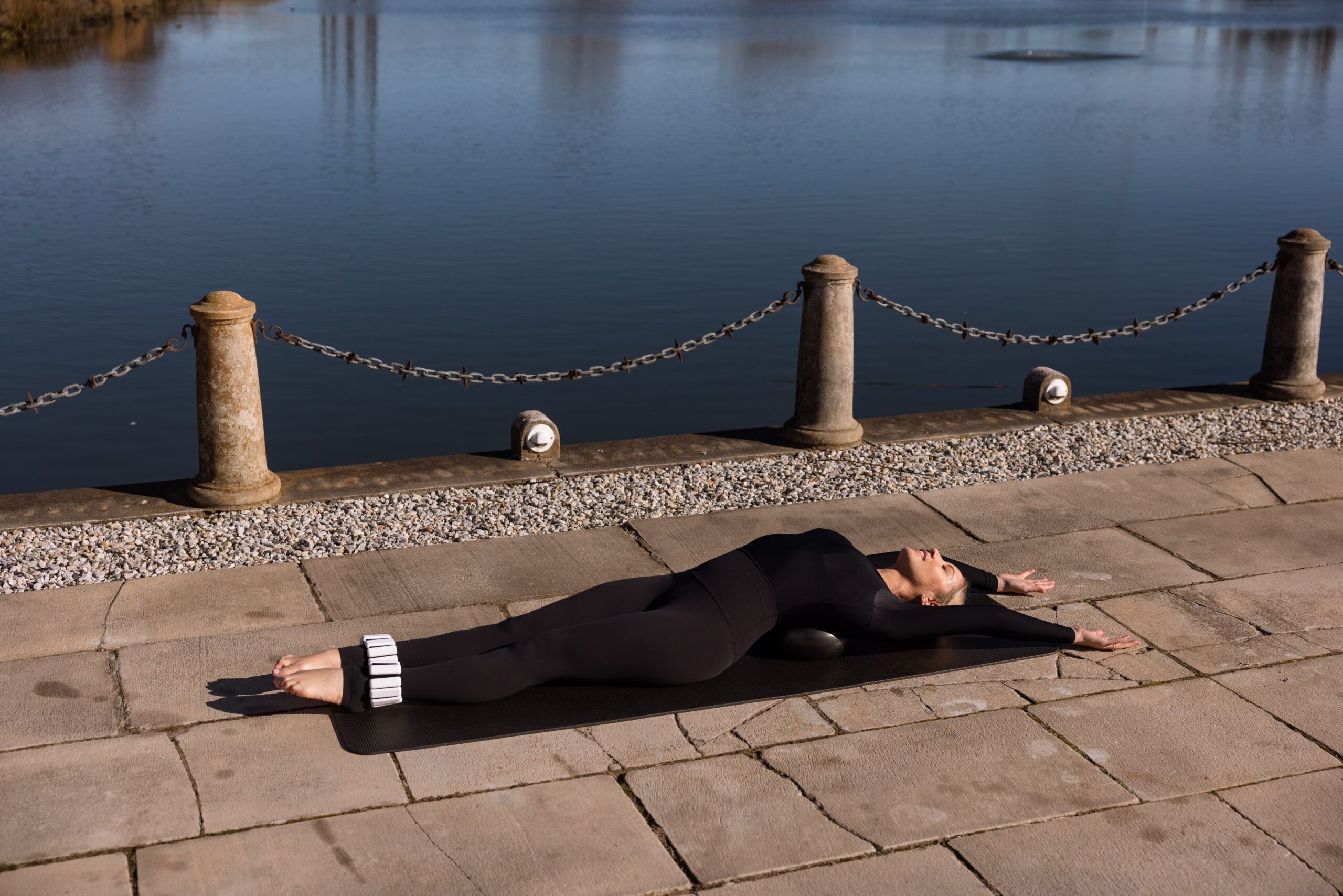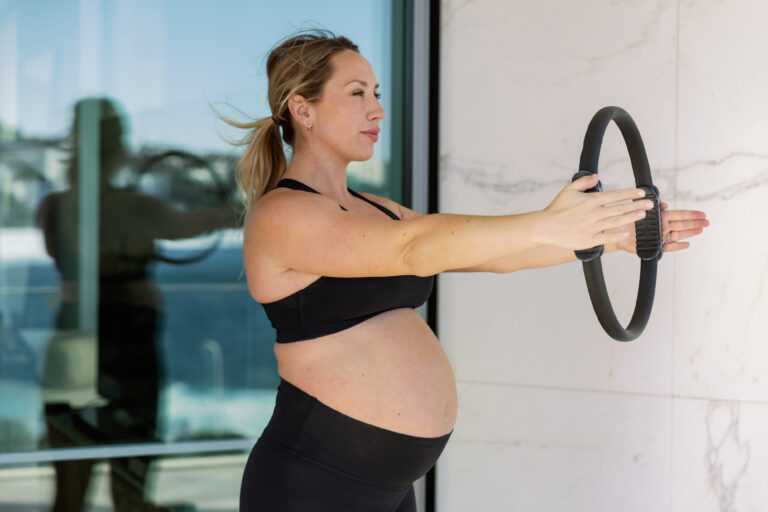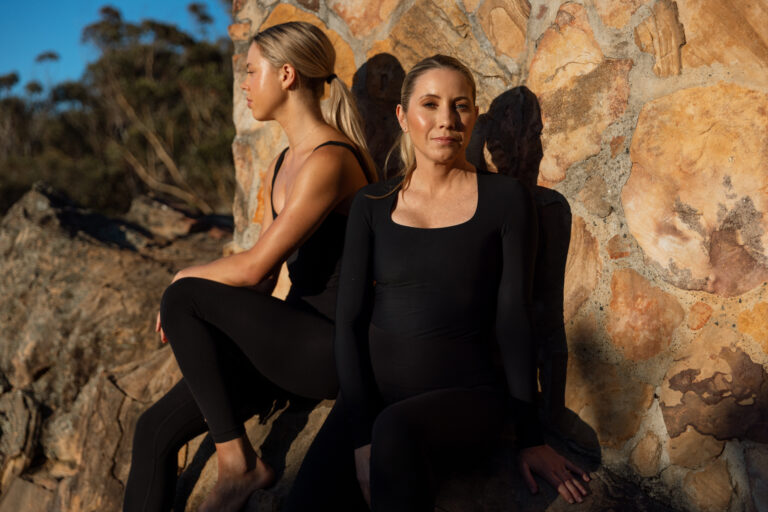When it comes to working your core, everyone has an opinion. Have you ever done a workout class and the instructor says “press your lower back into the mat” or “maintain a neutral pelvis” or “20 more fast crunches” or “slow down your movements” and leave feeling a little confused?
Each form of exercise be it Pilates, yoga, HIIT training or weight-lifting has a slightly different approach to how we correctly activate and engage our core muscles to achieve strong, toned abdominals. And while there is no single approach to anything, there are a number of misconceptions we have debunked, to ease your confusion.
- Core strength is all about chest lifts and crunches. There is a misconception that abdominal work starts and ends on your back, usually pumping out 20 chest lifts or crunches. This is not the truth. To effectively and efficiently fatigue your abdominal muscles to strengthen, lengthen and tone, you must work your abdominals in all planes of movement. Think chest lifts on your back, 4-point kneeling, standing and plank position. Each position uses different muscles in your core to create a balanced, even tone.
- Flat back = flat abs. Abdominal work is commonly taught in an imprinted spine position (think squishing the blueberry between the mat and your lower back). Fluidform teaches abdominal work predominantly in a neutral position. This is the strongest position of the body, when there is a natural curve in your spine. Your shoulders are relaxed, ribs are connected with a small gap beneath your lower back. Just holding this position on the mat is enough to feel your abdominals connect and prepare to move. Maintaining this position as you move requires deep connection and activation through the lower, upper abs, obliques and pelvis.
- Form comes before everything else. This is partially correct, as correct form is essential to working your abdominals. However, before we even start to move, we must consider our breathing. Working through an entire sequence while holding your breath makes it impossible for your deep abdominal muscles to connect. At Fluidform, we teach to inhale in preparation for the movement, and to exhale as you move.
Read more on how to connect your breath to your movements here






